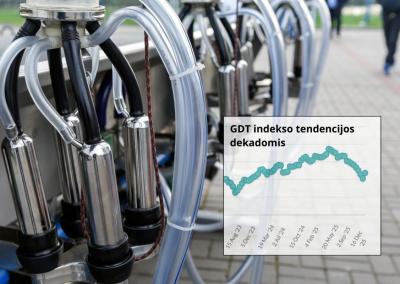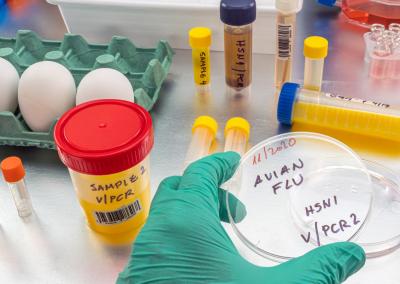Cyanobacteria caused the Baltic bloom
EUMETSAT (European Organisation for the Exploitation of Meteorological Satellites) has shared an interesting image of the Baltic Sea taken by the Sentinel3 satellite on 27 June.
If you look closely, you will see a huge area of sea covered in phytoplankton blooms. And abundant blooms signal marine pollution.
The blooms in the Baltic are caused by cyanobacteria (cyanobacteria), which are seasonal in the region, and their growth is driven by calm and sunny weather, warmth and nutrient (nitrogen and phosphorus) loads from river waters, secondary pollution from bottom sediments etc. Such blooms can affect human and environmental health. During dangerous algal blooms, blue-green algae bacteria reduce the oxygen content of the water and create poorer living conditions for marine fauna. But there is a positive side to this phenomenon: cyanobacteria produce about 30% of the oxygen on our planet.














































































































